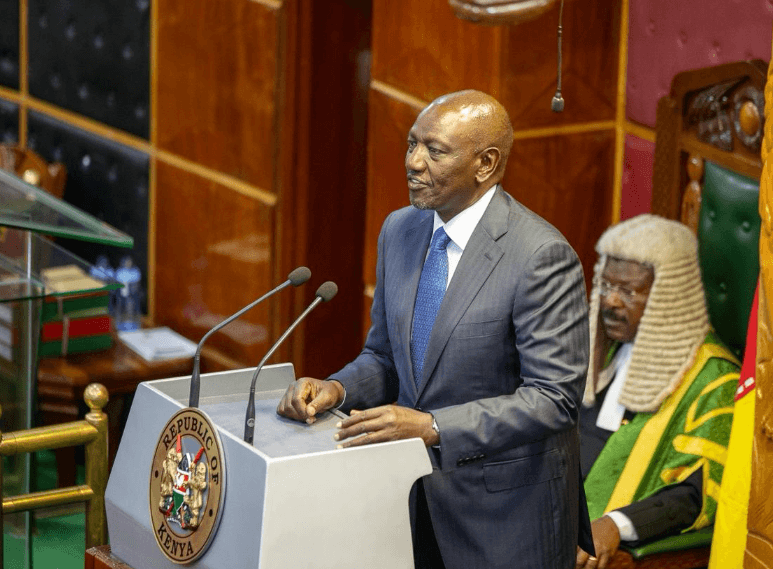Africa will convene in Addis Ababa from April 23 to 25 to discuss and review progress, challenges and opportunities in the implementation of the 2030 Agenda and Agenda 2063, in line with the 2024 High-Level Political Forum on Sustainable Development.
It is therefore essential to highlight the critical role of working livestock, such as donkeys, in achieving these global commitments and ensuring that no one is left behind.
Not long ago, in February this year, during the 37th Ordinary Session of the African Union Assembly of Heads of States and Governments in Addis Ababa, motions proposed by the Specialized Technical Committee for Agriculture, Rural Development, Water, and Environment were ratified.
Among them was a motion for the preservation of donkeys in Africa, effectively banning the commercial exploitation of donkeys for their skins. The illegal bush slaughter, particularly rampant across Africa and in Kenya, is largely fuelled by an international market for donkey skins used in traditional Chinese medicine.
But how exactly do donkeys contribute to the Sustainable Development Goals? In SDG 1, which aims to end poverty in all its forms everywhere, many of the lowest-income communities in developing countries rely on donkeys directly or indirectly for income generation, household food security and meeting household needs.
Donkeys provide essential services such as transporting water, carrying crops to and from markets, providing draught power for farming and supporting local transport needs, construction and infrastructure improvements. According to the Kalro report of 2019 on "the status of donkey slaughter in Kenya and its implications on community livelihoods", working donkeys generate an average monthly income of Sh11,390.
In SDG 2, which aims to achieve zero hunger, donkeys play a central role in agriculture and food production by transporting feed and water for livestock and households, as well as goods to markets and livestock to health providers. Moreover, donkeys support non-farm employment opportunities, particularly in rural areas, contributing to community resilience and food security.
In arid and semi-arid areas, donkeys are vital for transporting water during droughts, as seen in Kitui, Kenya, where donkeys play a crucial role in accessing water sources located over 15 kilometres away. This underscores their significance in achieving SDG 6, which focuses on clean water and sanitation.
Furthermore, donkeys contribute to climate action (SDG 13) by aiding in rescue missions and providing support during climate-related disasters. Their role in reforestation efforts, through the use of their manure as organic fertiliser, highlights their importance in environmental sustainability.
Given their historical significance as the first domesticated animal in Africa, and their invaluable contributions to sustainable development, it is imperative for governments and the public to recognise and protect donkeys. Advocating donkey welfare is essential to preserving this species and ensuring the realisation of the SDGs.
The ongoing illegal sourcing, movement and killing of donkeys not only disadvantages communities dependent on them but also hinders progress towards achieving these goals.
In conclusion, safeguarding Africa's native donkey species is not only a gesture of preserving heritage but also a crucial step towards sustainable development and poverty alleviation across the continent.
Advocacy officer, Brooke East Africa












